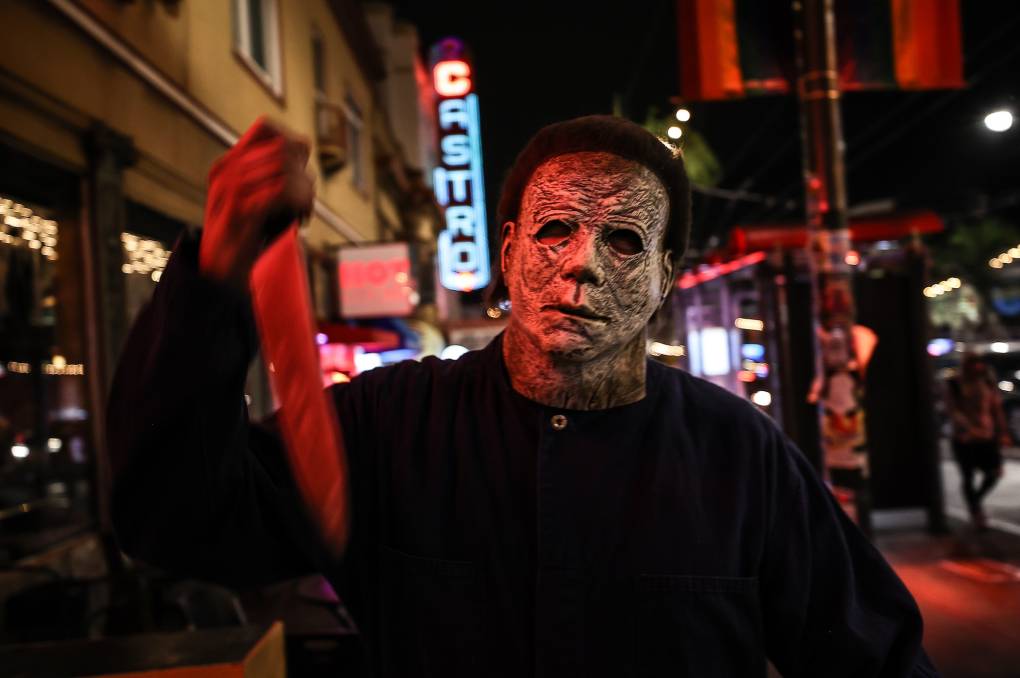For over 40 years, a slim book titled Halloween: A Fantasy in Three Acts has been legendary in both art book and photography circles. Initially published in 1981 in an edition of 1,500, the volume of stark black-and-white photographs seems to chronicle a single night of Halloween celebrations in San Francisco. In actuality, it’s a composite — a paper movie, as photographer Ken Werner calls it — of five years worth of costume parties and balls.
Revisit Halloween in 1970s San Francisco With This Photo Book
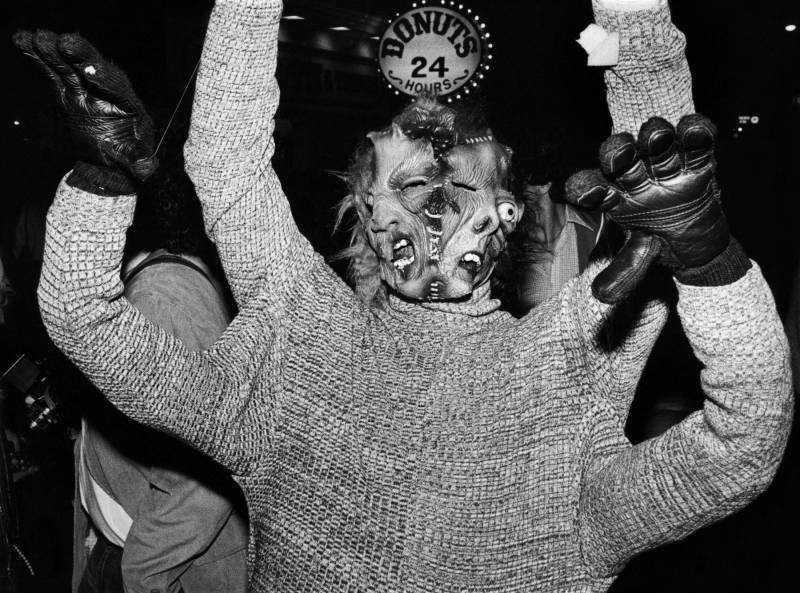
It’s easy to see why Halloween developed such a cult following. Its rarity was one thing, but the subject matter — and the artistry with which Werner captured the creative, raunchy and irreverent energy of those nights — is immediately compelling.
It makes perfect sense, then, that Brooklyn-based Anthology Editions, an imprint of the record label Mexican Summer, would publish a facsimile reissue of the original. Now we can all flip through its pages, reliving a specific and very special era of San Francisco history, without paying rare-book-collector prices.
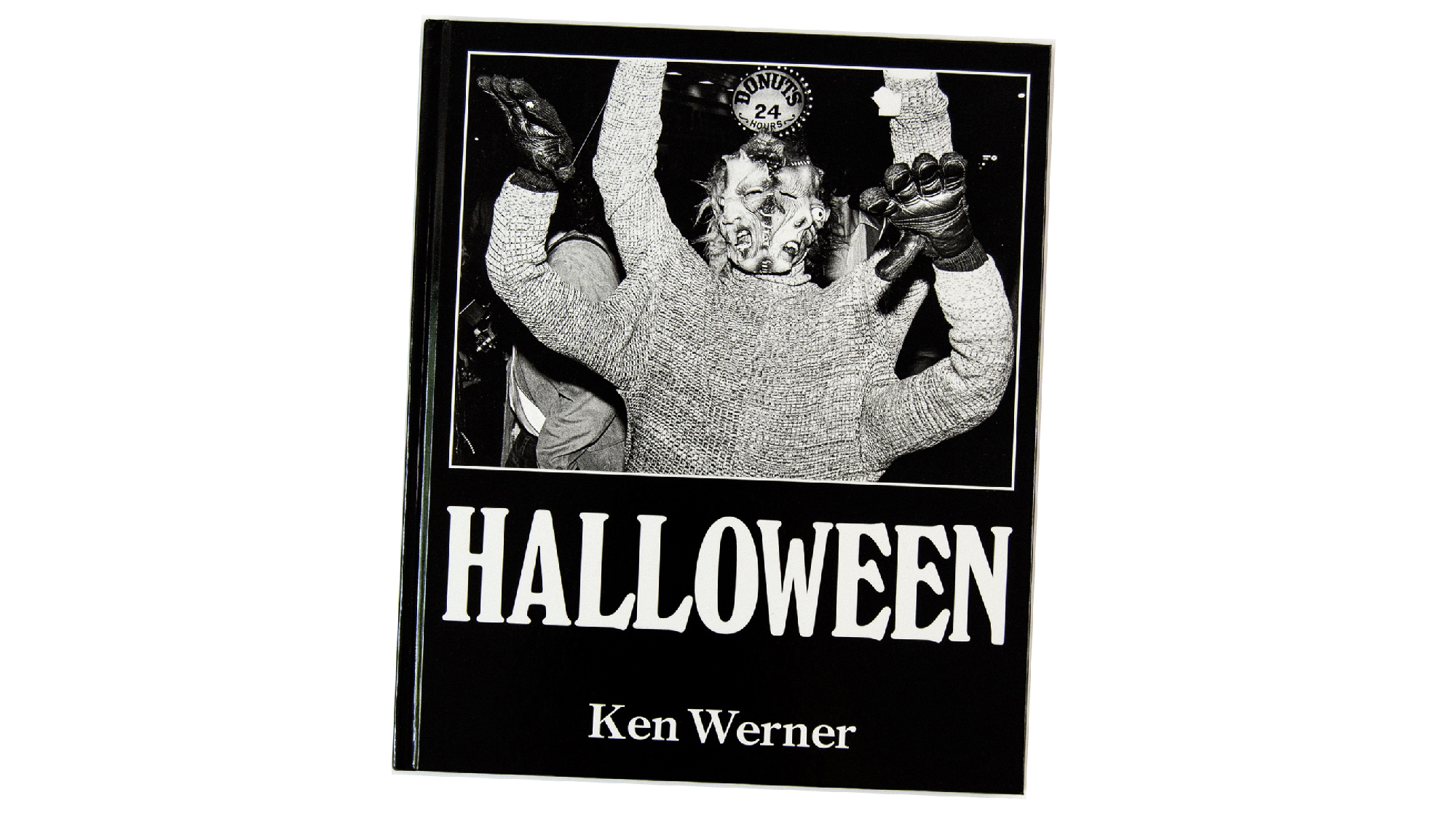
‘It was magical’
By the time Ken Werner moved to San Francisco from New York in 1976, the city’s Halloween celebrations were well established. As he wrote in his introduction, the night was “a major civic event” in the 1920s and ’30s. The parties quieted during the war years, but reemerged in the ’50s and ’60s, reinvented by the hippies as absurdist public events.
“But it was the gay community, not the hippies, that was to have an enduring impact on San Francisco’s Halloween celebrations,” Werner wrote in 1981. He attended his first San Francisco Halloween in 1976.
“A friend said, ‘There’s an event on Polk Street you might be interested in — bring your camera and your flash,” Werner remembers today, talking with KQED. “And that was the start.”
For the next five years, Werner photographed Polk Street, Castro Street, the Hooker’s Ball and the Beaux Arts Ball, capturing elaborate costumes, last-minute assemblages and what may have been just everyday, out-there outfits.

“It was magical. It was incredible,” he says. “I felt like Alice in Wonderland down a rabbit hole, but maybe that rabbit hole had been burrowed by Edgar Allan Poe.”
In Werner’s high contrast, flash-lit shots, partygoers occasionally pose for the camera, but for the most part they look more like they’ve been caught in the act: of behaving wildly, of looking ridiculous, of having a great time.
This is Halloween before store-bought get-ups. It’s disheveled, playful, erotic, grotesque and sometimes downright weird. In one of the most inexplicable costumes in Halloween, a man wears pants, gym shorts and briefs (put on in that order) while sporting a smooth, papier mâché faceless head, button-down shirt and patterned tie.
What is he? It doesn’t seem to matter.
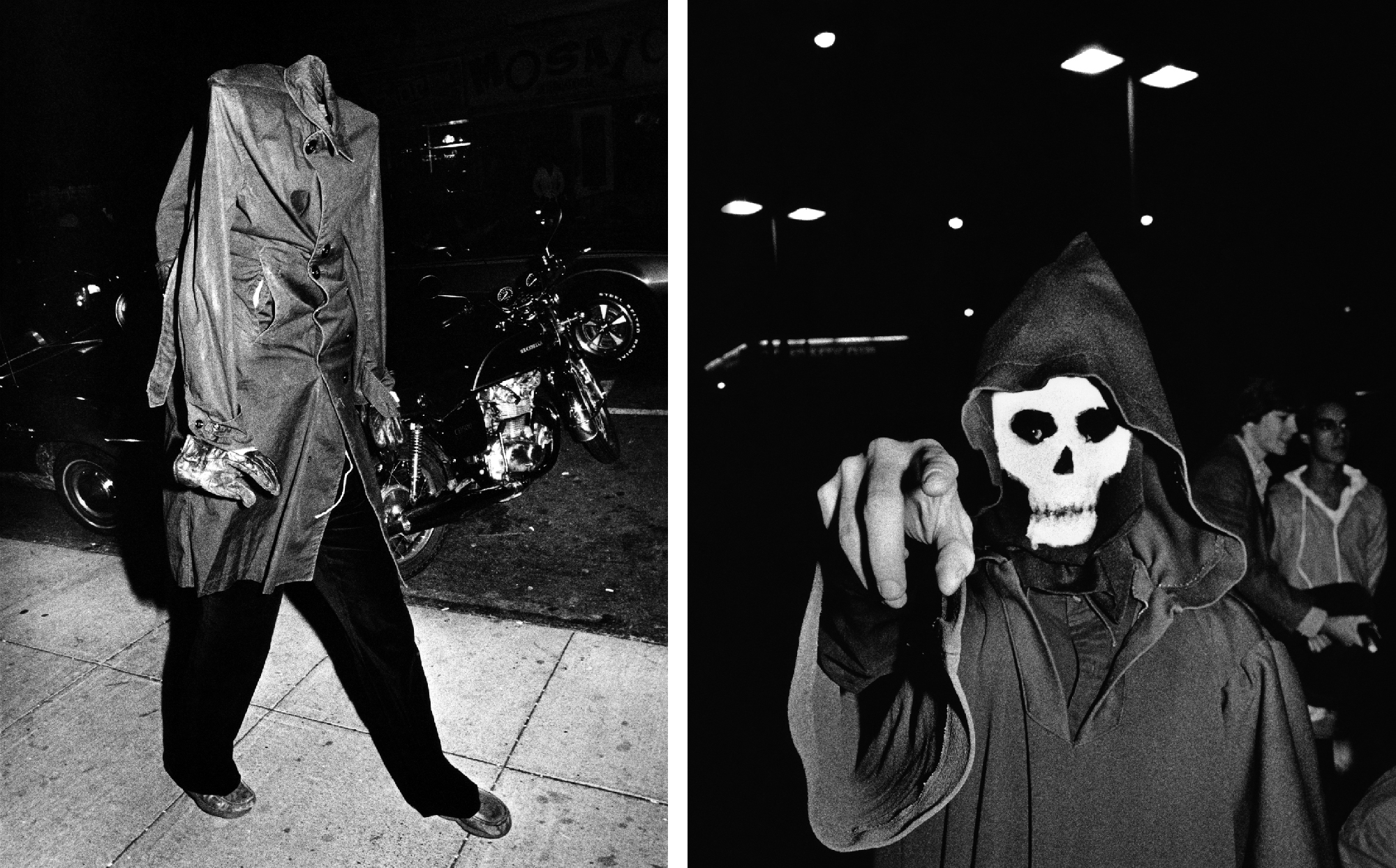
At the time, Werner thought of his book as not just an artistic pursuit but a political statement. “I was terrified that there were political forces arrayed against [Halloween], that were going to crush it,” he says, referring to the Board of Supervisors’ attempts to leave Polk and Castro Streets open to traffic, pushing revelers onto cramped sidewalks. “I was truly worried that it was going to disappear and that, to me, would have been a disaster.”
‘It tends to fall into the right hands’
Halloween is split into three acts: the sun goes down and the party gets started; the night takes an erotic turn (penis costumes abound); and the sun begins to come up, capturing the bedraggled remnants of the party.
Werner had a bit of a professional advantage when it came to printing his images and sequencing the book. He worked at Modern Photography magazine and freelanced for other photography publications. In San Francisco he served at the editorial director of Darkroom Photography, a national publication for amateurs and professionals alike.
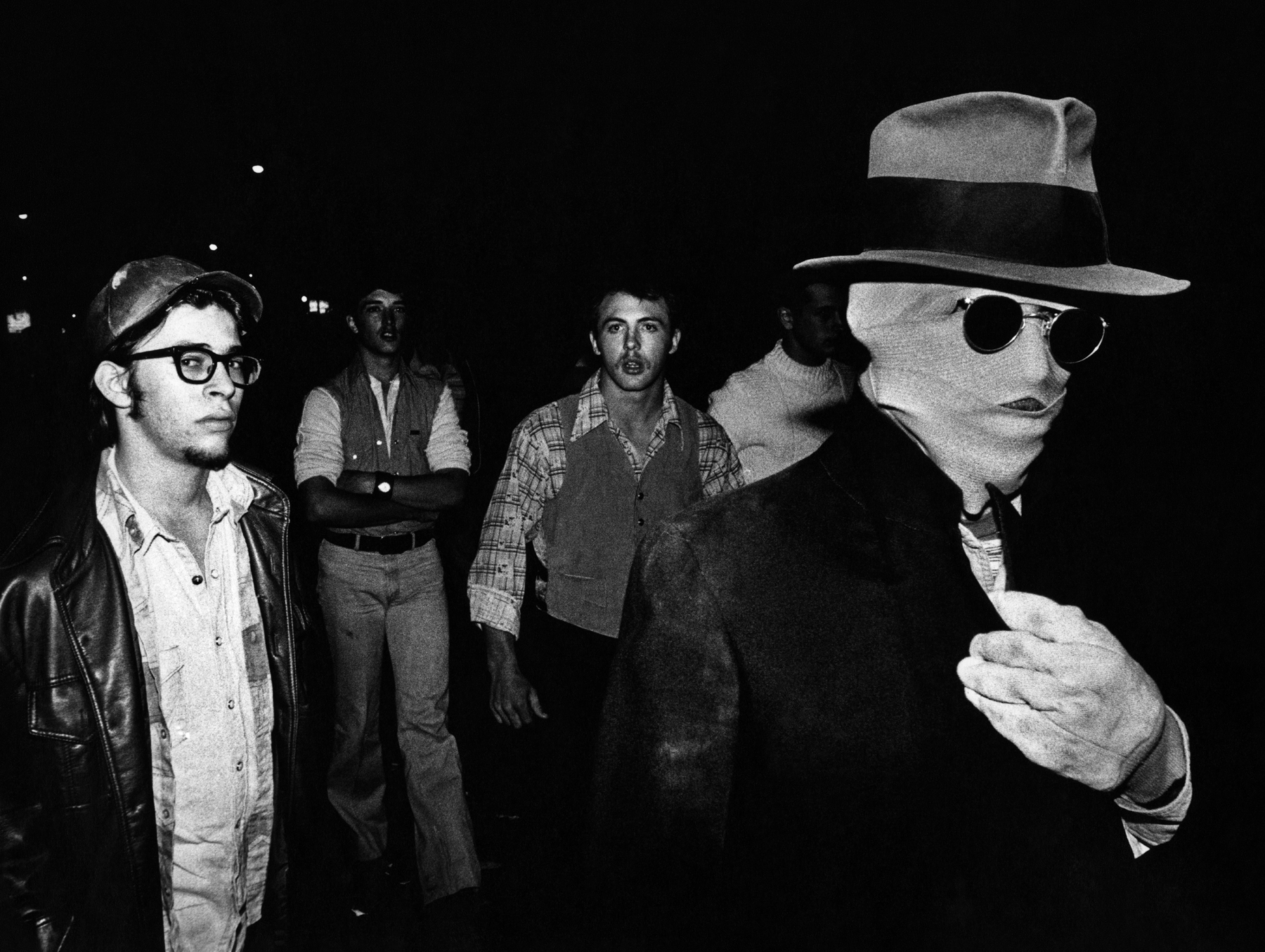
He self-published Halloween under the moniker Octavia Press (“she was a mad queen”) and tried to get San Francisco bookstores interested. “It was very much an experience where I did not feel that the local community, at least as represented by bookstore owners, was getting it,” he says.
But over the years, when he checked in on Octavia Press’ one-and-only publication, he found the ISBN in a number of significant university and museum libraries, including the Metropolitan Museum of Art. “Even though it’s a limited number of copies,” Werner says, “it tends to fall into the right hands.”
Anthology Editions reached out during a particularly bleak moment during the pandemic. Werner says the experience of reissuing the book has been truly validating: “To have them say this is worthy of reintroducing to the world, it meant a very great deal to me.”

‘I’d love to be back there’
Werner kept up his documentation of San Francisco Halloweens until 2001, when he says it started to feel unsafe to be in a large crowd, walking backwards with a camera up to his face. (In 2006, nine people were wounded when a shooter opened fire at the Castro Halloween party, it returned in 2023 at a much smaller and tamer scale.)
Returning to the book over the years, he still feels a sense of pride. “I am amazed, honestly, that I was able to take so many strong, powerful photographs,” he says, pointing out that the entire book was made in just eight nights of shooting.
He also sees a beautiful moment in San Francisco’s LGBTQ+ history. “I wish I had a time machine so I could go back to those days, because it was a time of relative innocence,” he says. “The book went to the printer two months before the first very first reports of the mysterious illness that was affecting gay people. There was that positive energy and sense of freedom that soon was blighted. And so yeah, I’d love to be back there.”
With this new publication — now in unlimited quantities — Werner has a second chance to find and hear from his audience. On the book’s final page, a bit of text reads “Comments and correspondence invited,” just as the original did 43 years ago.
“I had a wonderful time taking those pictures,” he says. “I’m glad that it’s being reintroduced to a new generation.”
Ken Werner’s ‘Halloween: A Fantasy in Three Acts’ is available from Anthology Editions.
